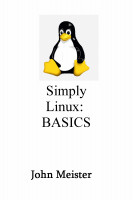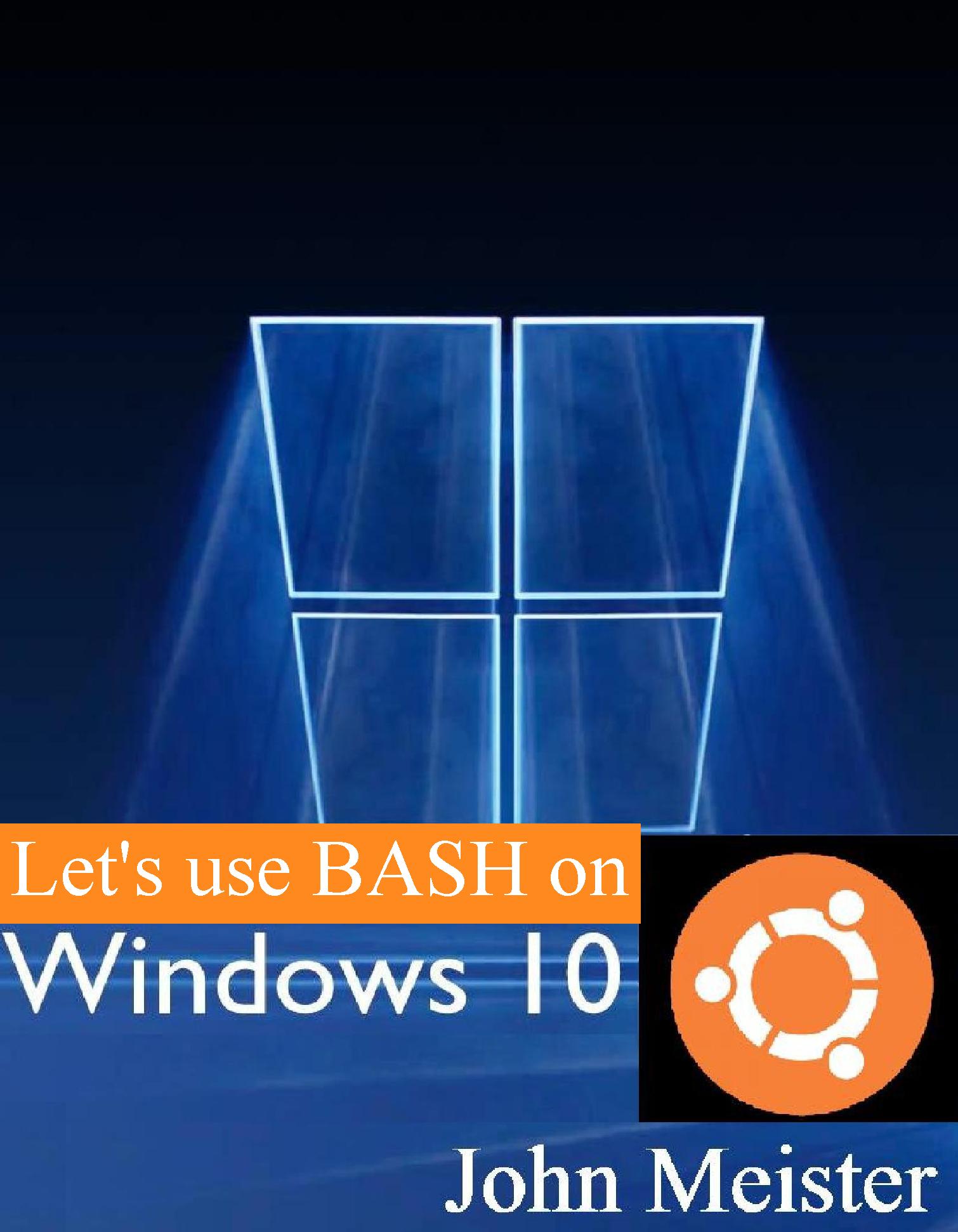/usr/sbin/NetworkManager --help
--> /usr/sbin/NetworkManager --help
Usage:
NetworkManager [OPTION...]
NetworkManager monitors all network connections and automatically
chooses the best connection to use. It also allows the user to
specify wireless access points which wireless cards in the computer
should associate with.
Help Options:
-h, --help Show help options
Application Options:
-V, --version Print NetworkManager version and exit
-n, --no-daemon Don't become a daemon
-d, --debug Don't become a daemon, and log to stderr
--log-level=INFO Log level: one of [TRACE,DEBUG,INFO,WARN,ERR]
--log-domains=PLATFORM,RFKILL,WIFI Log domains separated by ',': any combination of [DEFAULT,NONE,PLATFORM,RFKILL,ETHER,WIFI,BT,MB,DHCP4,DHCP6,DHCP,PPP,WIFI_SCAN,IP4,IP6,IP,AUTOIP4,DNS,VPN,SHARING,SUPPLICANT,AGENTS,SETTINGS,SUSPEND,CORE,DEVICE,OLPC,WIMAX,INFINIBAND,FIREWALL,ADSL,BOND,VLAN,BRIDGE,DBUS_PROPS,TEAM,CONCHECK,DCB,DISPATCH,ALL]
--g-fatal-warnings Make all warnings fatal
-p, --pid-file=/run/NetworkManager/NetworkManager.pid Specify the location of a PID file
--state-file=/var/lib/NetworkManager/NetworkManager.state State file location
--run-from-build-dir Run from build directory
--print-config Print NetworkManager configuration and exit
--config=/etc/NetworkManager/NetworkManager.conf Config file location
--config-dir=/etc/NetworkManager/conf.d Config directory location
--plugins=ifcfg-suse,ibft List of plugins separated by ','
--configure-and-quit Quit after initial configuration
NETWORKMANAGER(8) Network management daemons NETWORKMANAGER(8)
NAME
NetworkManager - network management daemon
SYNOPSIS
NetworkManager [OPTIONS...]
DESCRIPTION
The NetworkManager daemon attempts to make networking configuration and operation as painless and automatic as possible by managing the primary network
connection and other network interfaces, like Ethernet, WiFi, and Mobile Broadband devices. NetworkManager will connect any network device when a connection
for that device becomes available, unless that behavior is disabled. Information about networking is exported via a D-Bus interface to any interested
application, providing a rich API with which to inspect and control network settings and operation.
DISPATCHER SCRIPTS
NetworkManager will execute scripts in the /etc/NetworkManager/dispatcher.d directory or subdirectories in alphabetical order in response to network events.
Each script should be a regular executable file owned by root. Furthermore, it must not be writable by group or other, and not setuid.
Each script receives two arguments, the first being the interface name of the device an operation just happened on, and second the action.
The actions are:
pre-up
The interface is connected to the network but is not yet fully activated. Scripts acting on this event must be placed or symlinked into the
/etc/NetworkManager/dispatcher.d/pre-up.d directory, and NetworkManager will wait for script execution to complete before indicating to applications that
the interface is fully activated.
up
The interface has been activated.
pre-down
The interface will be deactivated but has not yet been disconnected from the network. Scripts acting on this event must be placed or symlinked into the
/etc/NetworkManager/dispatcher.d/pre-down.d directory, and NetworkManager will wait for script execution to complete before disconnecting the interface
from its network. Note that this event is not emitted for forced disconnections, like when carrier is lost or a wireless signal fades. It is only emitted
when there is an opportunity to cleanly handle a network disconnection event.
down
The interface has been deactivated.
vpn-pre-up
The VPN is connected to the network but is not yet fully activated. Scripts acting on this event must be placed or symlinked into the
/etc/NetworkManager/dispatcher.d/pre-up.d directory, and NetworkManager will wait for script execution to complete before indicating to applications that
the VPN is fully activated.
vpn-up
A VPN connection has been activated.
vpn-pre-down
The VPN will be deactivated but has not yet been disconnected from the network. Scripts acting on this event must be placed or symlinked into the
/etc/NetworkManager/dispatcher.d/pre-down.d directory, and NetworkManager will wait for script execution to complete before disconnecting the VPN from
its network. Note that this event is not emitted for forced disconnections, like when the VPN terminates unexpectedly or general connectivity is lost. It
is only emitted when there is an opportunity to cleanly handle a VPN disconnection event.
vpn-down
A VPN connection has been deactivated.
hostname
The system hostname has been updated. Use gethostname(2) to retrieve it. The interface name (first argument) is empty and no environment variable is set
for this action.
dhcp4-change
The DHCPv4 lease has changed (renewed, rebound, etc).
dhcp6-change
The DHCPv6 lease has changed (renewed, rebound, etc).
The environment contains more information about the interface and the connection. The following variables are available for the use in the dispatcher
scripts:
CONNECTION_UUID
The UUID of the connection profile.
CONNECTION_ID
The name (ID) of the connection profile.
CONNECTION_FILENAME
The backing file name of the connection profile (if any).
DEVICE_IFACE
The interface name of the device.
DEVICE_IP_IFACE
The IP interface name of the device.
IP4_ADDRESS_N
The IPv4 address in the format "address/prefix gateway", where N is a number from 0 to (# IPv4 addresses - 1). gateway item in this variable is
deprecated, use IP4_GATEWAY instead.
IP4_NUM_ADDRESSES
The variable contains the number of IPv4 addresses the script may expect.
IP4_GATEWAY
The gateway IPv4 address in traditional numbers-and-dots notation.
IP4_ROUTE_N
The IPv4 route in the format "address/prefix next-hop metric", where N is a number from 0 to (# IPv4 routes - 1).
IP4_NUM_ROUTES
The variable contains the number of IPv4 routes the script may expect.
IP4_NAMESERVERS
The variable contains a space-separated list of the DNS servers.
IP4_DOMAINS
The variable contains a space-separated list of the search domains.
DHCP4_
If the connection used DHCP for address configuration, the received DHCP configuration is passed in the environment using standard DHCP option names,
prefixed with "DHCP4_", like "DHCP4_HOST_NAME=foobar".
IP6_ and DHCP6_
The same variables as for IPv4 are available for IPv6, but the prefixes are IP6_ and DHCP6_ instead.
In case of VPN, VPN_IP_IFACE is set, and IP4_*, IP6_* variables with VPN prefix are exported too, like VPN_IP4_ADDRESS_0, VPN_IP4_NUM_ADDRESSES.
Dispatcher scripts are run one at a time, but asynchronously from the main NetworkManager process, and will be killed if they run for too long. If your
script might take arbitrarily long to complete, you should spawn a child process and have the parent return immediately. Also beware that once a script is
queued, it will always be run, even if a later event renders it obsolete. (Eg, if an interface goes up, and then back down again quickly, it is possible that
one or more "up" scripts will be run after the interface has gone down.)
OPTIONS
The following options are understood:
--version | -V
Print the NetworkManager software version and exit.
--help | -h
Print NetworkManager's available options and exit.
--no-daemon | -n
Do not daemonize.
--debug | -d
Do not daemonize, and direct log output to the controlling terminal in addition to syslog.
--pid-file | -p
Specify location of a PID file. The PID file is used for storing PID of the running process and prevents running multiple instances.
--state-file
Specify file for storing state of the NetworkManager persistently. If not specified, the default value of /var/lib/NetworkManager/NetworkManager.state is
used.
--config
Specify configuration file to set up various settings for NetworkManager. If not specified, the default value of /etc/NetworkManager/NetworkManager.conf
is used with a fallback to the older 'nm-system-settings.conf' if located in the same directory. See NetworkManager.conf(5) for more information on
configuration file.
--plugins
List plugins used to manage system-wide connection settings. This list has preference over plugins specified in the configuration file. Currently
supported plugins are: keyfile, ifcfg-rh, ifcfg-suse, ifupdown.
--log-level
Sets how much information NetworkManager sends to the log destination (usually syslog's "daemon" facility). By default, only informational, warning, and
error messages are logged. See the section on logging in NetworkManager.conf(5) for more information.
--log-domains
A comma-separated list specifying which operations are logged to the log destination (usually syslog). By default, most domains are logging-enabled. See
the section on logging in NetworkManager.conf(5) for more information.
--print-config
Print the NetworkManager configuration to stdout and exit.
UDEV PROPERTIES
udev(7) device manager is used for the network device discovery. The following property influences how NetworkManager manages the devices:
NM_UNMANAGED
No default connection will be created and automatic activation will not be attempted when this property of a device is set to a true value ("1" or
"true"). You will still be able to attach a connection to the device manually or observe externally added configuration such as addresses or routes.
Create an udev rule that sets this property to prevent NetworkManager from interfering with virtual Ethernet device interfaces that are managed by
virtualization tools.
DEBUGGING
The following environment variables are supported to help debugging. When used in conjunction with the --no-daemon option (thus echoing PPP and DHCP helper
output to stdout) these can quickly help pinpoint the source of connection issues. Also see the --log-level and --log-domains to enable debug logging inside
NetworkManager itself.
NM_PPP_DEBUG: When set to anything, causes NetworkManager to turn on PPP debugging in pppd, which logs all PPP and PPTP frames and client/server exchanges.
SEE ALSO
NetworkManager.conf(5), nmcli(1), nmcli-examples(5), nm-online(1), nm-settings(5), nm-applet(1), nm-connection-editor(1)udev(7)
NetworkManager 1.0 NETWORKMANAGER(8)
|

















